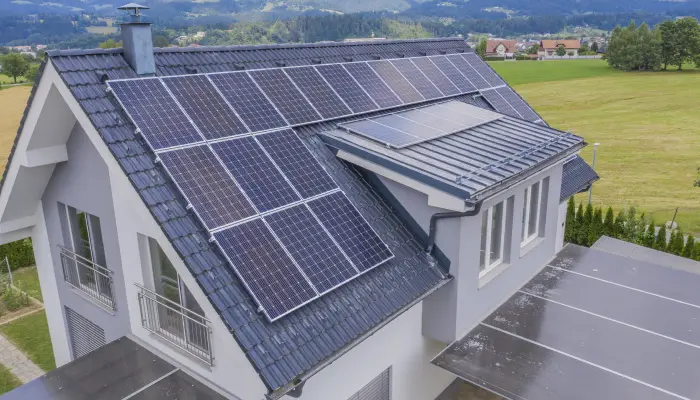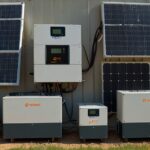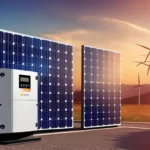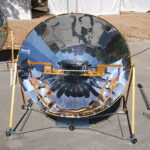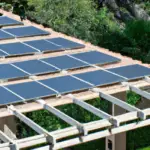Planning to use solar panels at home?
Buying a solar panel is similar to buying a vehicle. You look into it, compare it, talk about it, negotiate it, and then cut the check and throw a party. OK. So you’ve made the decision to go solar.
You’ll save money on your power bill for the next 25 years (perhaps 40), you’ll build a significant amount of equity to your home, and you’ll be helping the environment. You’ve also joined over a million other people in the United States.
Best Way To Use Solar Panels at Home

While it is possible to install solar panels yourself, it may not be the greatest decision due to the possibility of risk. You may save money on labour costs by installing solar panels yourself, and you can even get DIY solar kits online for $8,000 to $10,000.
However, the potential savings might not be worth the risk: you’re working on a roof and doing electrical repair at the same time. Not to mention that you’ll have to handle all of the permitting and planning on your own, which can be difficult. You also risk voiding warranties and losing eligibility for certain incentives.
While it is possible to install solar panels on your own, we do not recommend it. DIY may save you money, but hiring a professional installer will save you time and aggravation.
On the other hand, you can also opt for a pergola with solar panels, which is also effective and very profitable just like solar patio covers.
Can I Run My House On Solar Power Only?
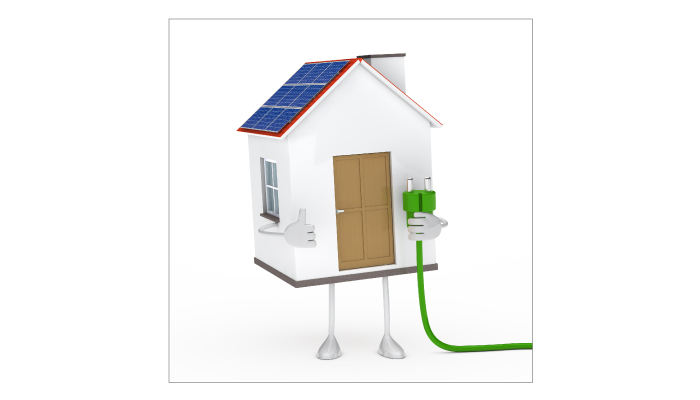
It is possible to run a house solely on solar energy. Going entirely off the grid, on the other hand, necessitates a significant financial and time expenditure.
Install solar panels batteries relying on whether you want to completely replace your grid electricity or if you want to install solar power that still consumes grid electricity.
If you simply use solar panels as backup electricity, you won’t need batteries. However, if you want to go completely solar, you’ll need to buy and install batteries to store the solar energy for usage at night.
How Many Solar Panels Are Required For A Home?
You should be able to see kilowatt-hours while looking at your electricity bills (KWH). KWH for residences varies a lot depending on where you live. Air conditioner systems in southern homes are more likely to consume a lot of energy.
Calculate your solar demands by determining your average daily energy usage. Once you know how much power you’ll need, you can calculate how much solar panels you’ll need to run everything.
The amount of solar panels you need on your roof is determined by the brand and model of solar panels you choose.
How to Select Solar Panels for home
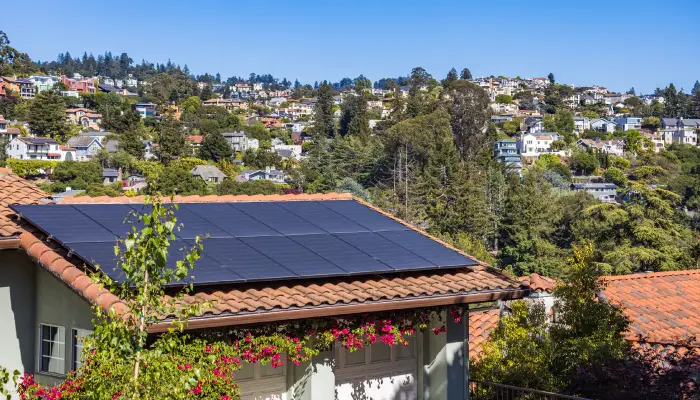
Choosing appropriate solar panels is a crucial step in constructing a long-lasting and cost-effective solar system. You’ll need to first narrow down your aesthetic, financial, and energy production objectives. Then you may sort through all of the alternatives to find the ideal solar panels.
Type of Solar Panel
Monocrystalline and polycrystalline solar panels are the two most common forms. Which one you choose will have an impact on the overall appearance of your system, as well as its cost, the amount of electricity it produces, and the amount of space it covers.
Monocrystalline panels have a darker overall hue to the cells and are generally more efficient. Higher-efficiency panels allow you to produce more electricity with fewer panels, resulting in a smaller overall system.
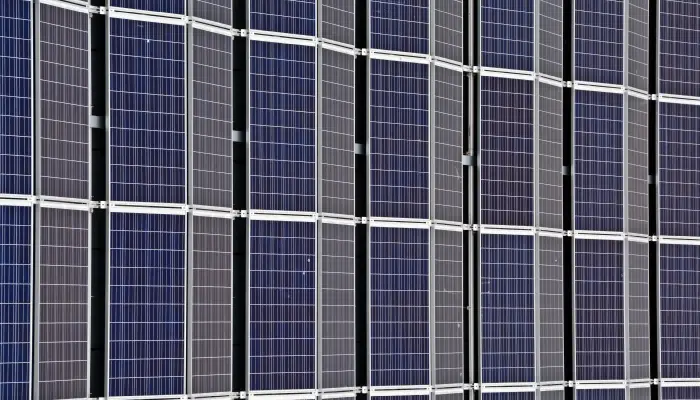
However, despite their benefits, monocrystalline panels are frequently the more expensive option.
Polycrystalline panels have a bluer shade and are often less productive than monocrystalline panels, so you’d need a few more to produce the same amount of power.
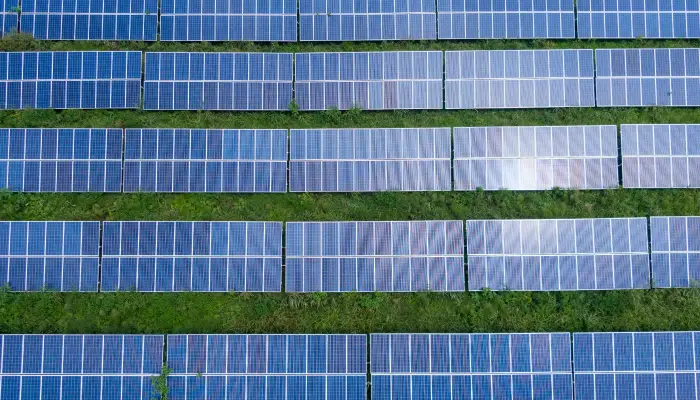
However, they are frequently less expensive, and despite the additional panels you’ll need, they will most likely be the less expensive option.
Size of Solar Panel
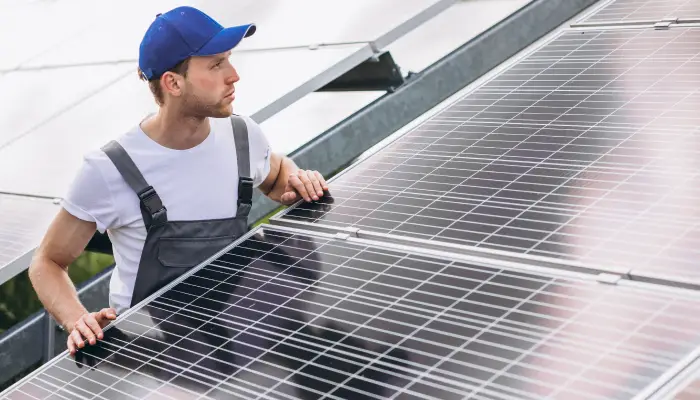
Solar panels are available in two sizes: 60-cell and 72-cell. On a solar panel, this refers to the number of cells (small, crystalline silicon wafers). 72-cell panels are about a foot longer on average than 60-cell panels.
72-cell panels are more suitable for big, open regions like commercial rooftops and ground mount systems because of their larger size. 60-cells are better suited to fitting into compact places, such as a dormer on a home’s roof. This isn’t a hard and fast rule, and it will vary depending on the place.
Overall, 72-cell solar panels are more cost-effective than 60-cell panels since they generate more electricity per panel.
Warranty of Solar Panel
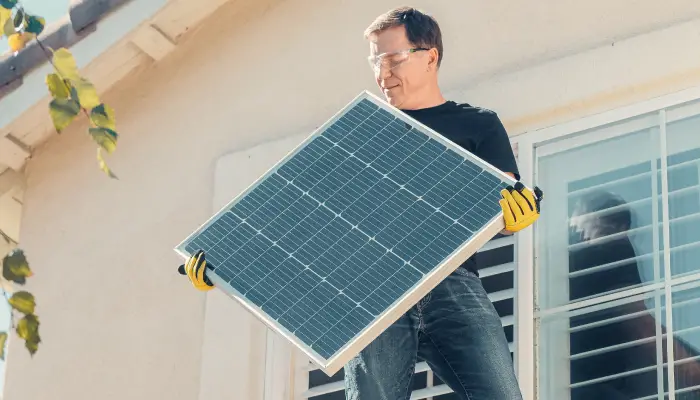
A manufacturer’s warranty is a crucial indicator of overall panel quality. Many high-quality solar panels are warrantied for 25 to 30 years and can continue to function even after the warranty has expired.
Making sure you buy solar panels that will last is critical to the long-term success of your system. The more energy your solar panels produce, the more money you save. Buying panels that come with a robust warranty will also assist ensure their success.
Most manufacturers provide two types of warranties: performance and product warranties. The performance warranty guarantees that the panel will be able to produce a certain amount of power during the warranty period, regardless of panel degradation. Your panels are covered by the production warranty against defects in material or workmanship.
Cost of Solar panel

When calculating the cost of solar panels, the obvious calculation to perform is: how many watts of power can you obtain per dollar of module, or dollars per watt?
Solar panels of good quality currently cost between 67c and $1.60 per watt, including GST. This is only for the panels; other system components and installation are not included.
As a general rule, and as with most things in life, you get what you pay for – therefore be wary of selecting solar panels only on the basis of pricing, as cheap prices may imply poor performance and reliability. However, there are frequent bargains on high-quality products available, as well as special offers and some providers who are simply more competitive.
Time Required to Install Solar Panels at Home?
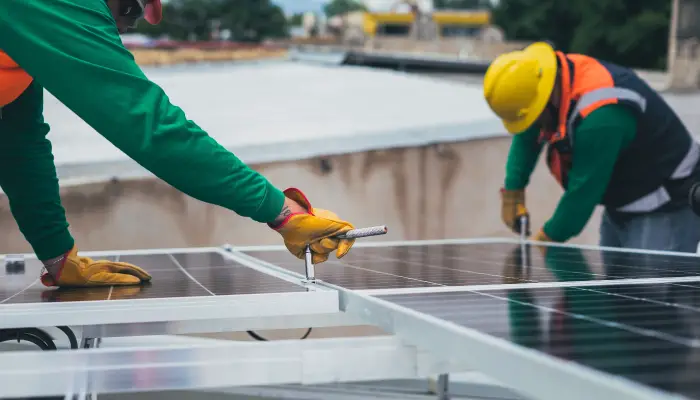
On average, it takes 2-3 months from the initial site survey with your solar salesperson to the system going live. It’s not like purchasing a car and driving it right away. Things are a little trickier here.
Permissions, the installation itself, inspections, and approval all take up a significant portion of this time. Solar power has risen to prominence as a result of the climate problem and rising power bills. On the other side, expense reductions are certain, as is a boost in house value . As a result, it would be an optimal choice to install solar panels at your home.
Getting the material to your residence and installing it would take a few days in theory. Unfortunately, there are other factors at play, and it cannot be that simple.
Top 6 unique ways to use solar panels at Home
-
Solar Powered Ventilation Fans
Any form of ventilation fan is an excellent idea because it helps minimise cooling expenses by expelling hot air from attics and other regions. Traditionally, these exhaust fans have been linked into household electrical current, defeating the goal of energy conservation.
Self-contained roof vent fans with a small panel of photo-electric cells that drive the fan motor without requiring any domestic electrical current are now available. In the summer, small roof-mounted units are ideal for keeping a garage, shed, doghouse, or chicken coop cool. You can also utilise free-standing solar-powered fans on a patio, patio, or children’s play area.
-
Solar Heating for Your Swimming Pool
Swimming pools are one of the most enjoyable aspects of summer for both children and parents. The first day the pool is open, everyone is ecstatic—except when the pool is too chilly to jump into. You can solve this problem by using a solar blanket to preheat the water. The most basic floating blanket is a passive heating device that operates by absorbing and distributing heat from the sun to the water.
You can, however, build a full-fledged solar water heating system if you want to go a little more high-tech. Solar heating panels put on your roof gather the sun’s heat, which is then transferred to the water via a system of tubes looping through the panels.
-
Solar House Heating
In one of two ways, the sun’s energy can be used to heat a whole home. These are systems for homeowners who are serious about renewable energy and are willing to make a significant investment.
Whole-house hot water systems are a larger version of the same type of solar system that can be used to replace the water heater that supplies hot water to faucets.
Whole-house heating systems, like that one, employ solar collector panels to heat water that runs through tubing laced through the panels.
However, rather than being held in a small tank for use in plumbing fixtures, this hot water is transported throughout the property via piping that heats radiators or radiant flooring tubing.
There are other full-house heating systems called hot air solar systems that move heat around the house using hot air rather than water or another liquid.
These systems function by collecting and circulating hot air from the sun pounding down on a roof or an open wall throughout the house.
Clay roof tiles, for example, may have air passages incorporated into them to allow warmed air to circulate.
-
Solar Powered Pumps
Some of the above-mentioned hot-water heating systems have the disadvantage of requiring a pump to circulate water from the solar collector to the holding tank. These pumps are typically driven by household electricity, which consumes part of the energy you were hoping to conserve by installing the system in the first place.
However, for optimal energy savings, you can run those circulating pumps on solar power by using photo-electric panels, which will create enough power to run the circulating pumps’ DC motors.
-
Charging Batteries
Almost every gadget that runs on batteries may be charged with solar energy using a photovoltaic panel setup. Photovoltaic solar panels provide DC current, which is the same as what is utilised in most batteries.
Many basic and inexpensive solar panel kits include connections for direct charging of cell phones, tablet devices, and laptops. You can also connect in chargers for additional batteries by adding a simple inverter that converts DC current to 120-volt AC current.
-
Solar Energy For Outdoor Lighting
Rather of using 120-volt subterranean circuit cabling or low-voltage lighting supplied by a transformer hooked into a 120-volt outlet, individual lighting fixtures with their own tiny solar cell and rechargeable storage battery can provide adequate landscape vision.
Previously, these were quite small and dim lighting fixtures, but owing to LED technology and better batteries, you can now obtain pretty excellent landscape lighting—even spotlighting—with solar-power lights that require no wiring at all.
During the day, solar panels charge batteries, and the charge is frequently sufficient to keep lights on all night.
Conclusion
Solar panels for home undoubtedly a pretty good choice. Pairing it with solar batteries can additionally help you in storing any extra energy produced through the day time. Since it might cost you some extra bucks it could be a good investment in long run.

